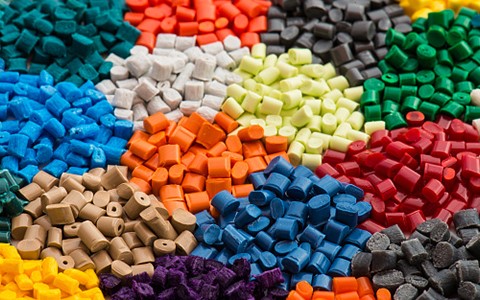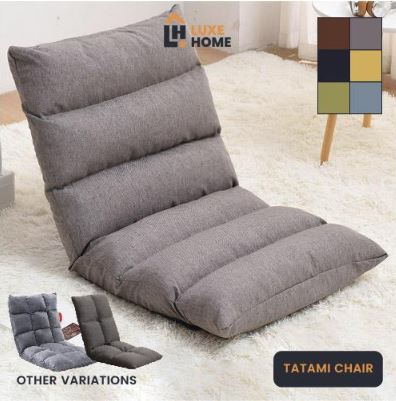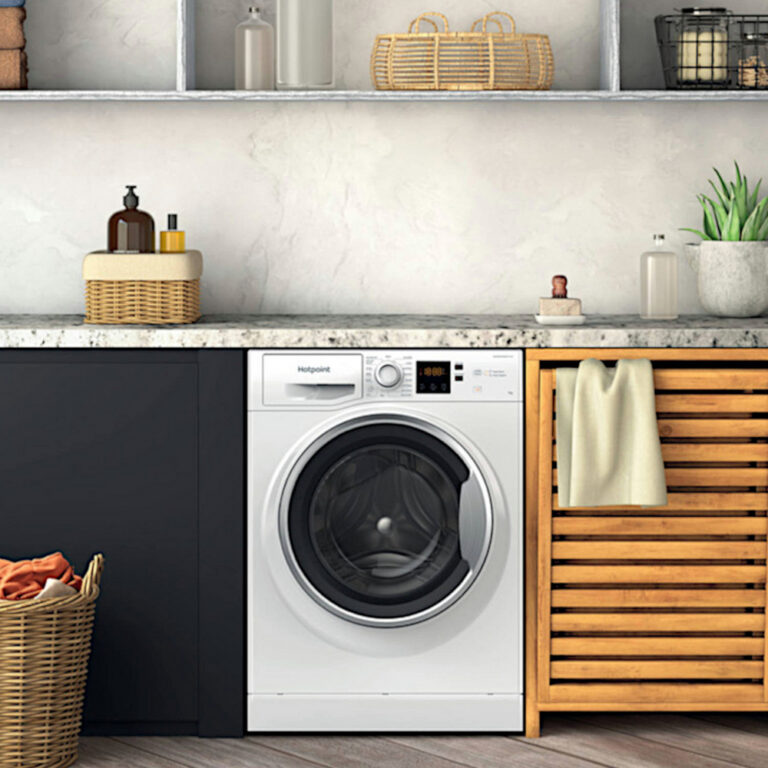10 Types of Injection Molding Materials
In injection molding, the selection of materials significantly influences the success of the process. Each type of plastic offers unique properties, impacting its suitability for various applications. Whether it’s ensuring durability or meeting regulatory requirements, understanding these materials is essential.
Guidelines for Material Selection
Choosing the best material involves aligning properties with specific project guidelines. For instance, in medical device manufacturing, selecting the right plastic is crucial for both functionality and regulatory compliance, addressing the pros and cons of each material while adhering to health standards.
Common Materials for Plastic Injection Molding
The choice of plastic in injection molding can make or break the functionality and compatibility of products, from household items to critical industrial components. The selection is not just about durability but also about precision in meeting specific needs.
From my experience, the range of plastics used is vast, but I will focus on several popular and universally compatible plastics that are foundational in making everyday products and specialized parts alike. Whether crafting a simple toy or a complex automotive part, the versatility of these plastics makes seemingly impossible tasks entirely feasible.
Acrylic (PMMA): Characteristics and Applications
Acrylic, also known as PMMA (Poly (methyl methacrylate)), is ideal for injection molding due to its thermoplastic nature, allowing for the creation of parts with high clarity and appearance. It is prized for its glass-like quality but offers superior shatter resistance and lighter weight, making it excellent for decorative showcases, protective casings, and solar panel windows.
Acrylic’s mechanical strength allows a degree of ductility, enhanced by its machinability, which lets manufacturers alter and finish products to exact specifications. However, Acrylic can accumulate surface oils and greases, affecting its performance over time. Despite its susceptibility to scratching, which can detract from its clarity, its ability to withstand extreme temperatures makes it versatile for both indoor and outdoor applications.
ABS: Strength and Versatility in Industrial Applications
ABS (Acrylonitrile Butadiene Styrene) is notable for its strength, toughness, and impact resistance, making it ideal for industrial-grade applications like automotive parts and high-impact sports equipment. It offers robust chemical resistance and the ability to retain opaque colors, enhancing aesthetic flexibility while maintaining cost-effectiveness. However, ABS should not be exposed to direct sunlight or moist environments to avoid degradation.
Exploring Nylon Polyamide Variants in Manufacturing
Nylon is favored for its toughness and heat resistance, making it ideal for vibration-damping components and gear components due to its excellent wear properties and low surface friction. Various grades of Nylon, like Nylon 66 and Nylon 12, offer specific benefits, such as stiffness and low water absorption, respectively. Nylon 11 and Nylon 12, as bio-based options, enhance impact strength and dimensional stability, with Nylon 11 offering superior UV resistance. Each type’s unique characteristics must be carefully considered in mold design to optimize the manufacturing process.
Polycarbonate (PC) and Polyoxymethylene (POM)
Polycarbonate is highly regarded for its toughness and impact resistance, making it optimal for safety-related products such as helmet visors and protective shields. It provides excellent optical clarity and is capable of withstanding a broad temperature range.
Polyoxymethylene, known for its precision and dimensional stability, excels in applications requiring rigidity and stiffness, like automotive components and gears. Its durability extends to low temperatures, making it ideal for consistently performing products.
Polypropylene (PP) and Polystyrene (PS)
Polypropylene is widely used for its hardness, heat resistance, and chemical resistance, suitable for kitchen cabinets and food containers. Despite its high thermal expansion coefficient, its recyclability and performance in high temperatures make it popular. Learn more about polypropylene injection molding.
Polystyrene is valued in the medical equipment industry for products that require sterilization, like Petri dishes, due to its moisture resistance and ability to avoid chemical reactions.
Thermoplastic Elastomer (TPE) and Thermoplastic Polyurethane (TPU)
Thermoplastic Elastomer is a plastic-rubber blend known for its flexibility, suitable for seals and flexible tubes. It performs well under various conditions but may lose some properties at high temperatures.
Thermoplastic Polyurethane combines the durability of plastics with the elasticity of rubber, ideal for applications demanding resilience against extreme temperatures and wear.
Choosing Material for Your Injection Molding Project
Navigating the broad field of injection molding materials can be overwhelming. A comprehensive selection guide begins with understanding the characteristic requirements of your product, considering factors like flexibility, temperature resistance, and cost. By narrowing down the materials to a manageable shortlist, developers can match them with the intended applications and needs of the end-user, ensuring the selection process is both strategic and targeted.
For those considering global production, the advantages of injection mold China are significant, offering cost efficiency and rapid manufacturing capabilities.







